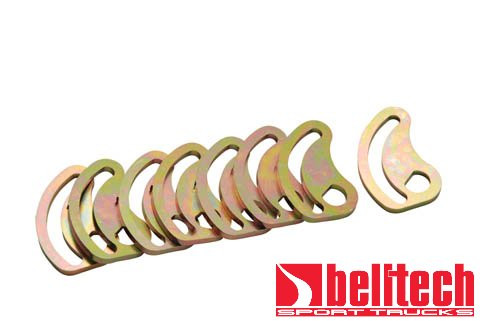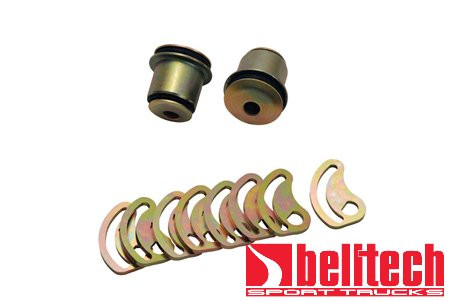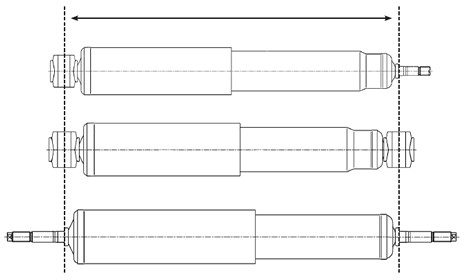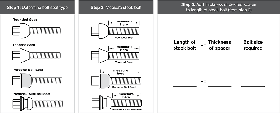This a cast aluminum spindle. (Photo Courtesy of DJM Suspension)
This a cast iron spindle. (Photo Courtesy of DJM Suspension)
If your truck has the aluminum spindle there is an option available for a drop spindle. MaxTrac Suspension offers a 2" drop spindle. Note: the MaxTrac aluminum spindle will only fit Pick Up Truck models featuring a OE aluminum spindle and upper/lower control arms.
Part Number 101520 (Click here to view)
If you do not wish to use a drop spindle, DJM Suspension offers 2" lower control arms, 3" and 4" lower control arms with upper arms. Contact our sales staff for availability and pricing.
If your truck has a cast iron spindle there are two versions available from the factory. You will need to measure the BALLJOINT BOSS to confirm which route you can go.
(Photo Courtesy of MaxTrax Suspension)
If your OE cast iron spindle specs out to 1.273, you can use 2" drop spindles from manufacturers like Belltech, Street Edge, MaxTrac and Western Chassis.
(Photo Courtesy of MaxTrax Suspension)
If your OE cast iron spindle specs out to 1.500, you are limited to using DJM Suspensions control arms. Currently there are no drop spindles available. DJM Suspension offers 2" lower control arms, 3" and 4" lower control arms with upper arms. Contact our sales staff for availability and pricing.
We will continue to update this post as more information becomes available to us.


















